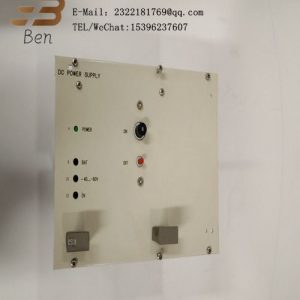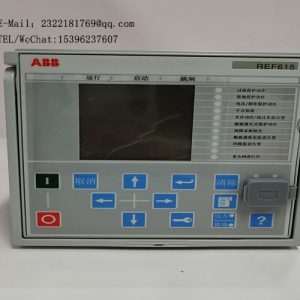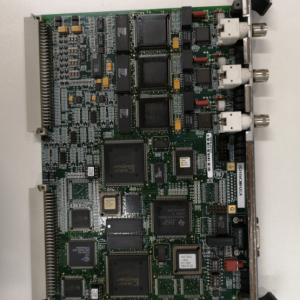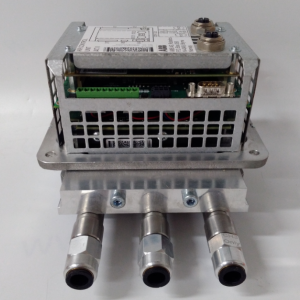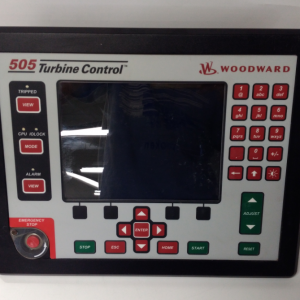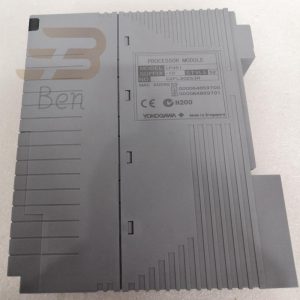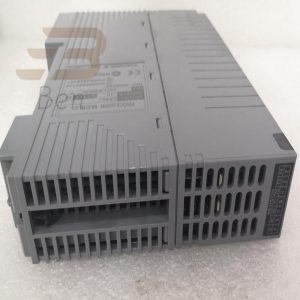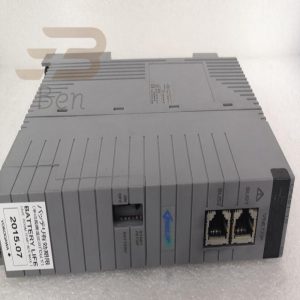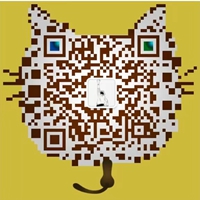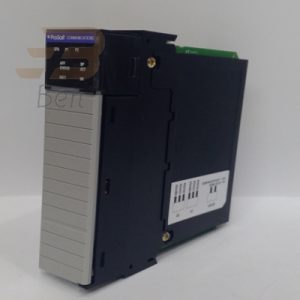CP451-10 DISCONTINUED BY MANUFACTURER,CP451-50,SCP451-11.
The Central Processing Unit (CPU) is a super-sized integrated circuit that is the core of a computer’s computing and control unit. Its function is mainly to interpret computer instructions and to process data in the computer software.
The CPU consists mainly of an operator (Arithmetic Logic Unit, ALU) and a cache (Cache) and a bus (Bus) for data, control and status between them. Together with internal memory and input/output (I/O) devices, these are the three core components of an electronic computer.
The CPU can be logically divided into three modules, the control unit, the computing unit and the storage unit, which are connected by the internal CPU bus.
Translated with www.DeepL.com/Translator (free version)
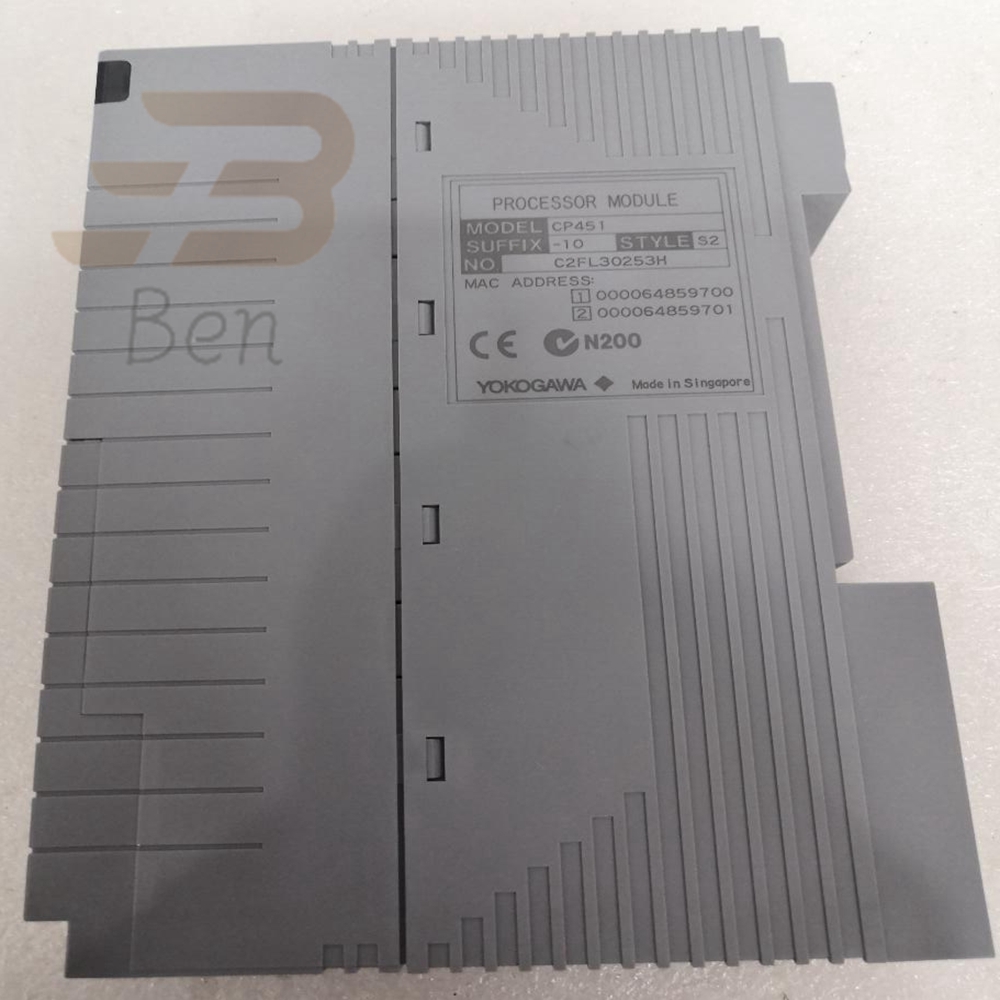
1. CPU module
CPU module is mainly composed of microprocessor (CPU chip) and memory. In the PLC control system, the CPU module is equivalent to the human brain, which constantly collects input signals, executes user programs and refreshes the output of the system; the memory is used to store programs and data.
2. I/O module
Input (1nput) module and output (Output) module is referred to as I/O module, they are the eyes, ears, hands and feet of the system, is the bridge between external field devices and the CPU module.
Input modules are used to receive and collect input signals. Switching input modules are used to receive switching input signals from push buttons; selector switches, digital dip switches, limit switches, proximity switches, photoelectric switches, pressure relays, etc.; analogue input modules are used to receive continuously changing analogue current and voltage signals from potentiometers, speed generators and various transmitters.
The switching output module is used to control output devices such as contactors, solenoid valves, solenoids, indicators, digital display devices and alarm devices, while the analogue output module is used to control actuating devices such as regulating valves and frequency converters.
The working voltage of the CPU module is generally 5V, while the input/output signal voltage of the PLC is generally higher, such as 24V DC and 220V AC. the spike voltage and interference noise introduced from outside may damage the components in the CPU module, or make the PLC not work properly. In the I / O module, with photocoupler, photoelectric thyristor, small relays and other devices to isolate the internal circuit of the PLC and the external I / O circuit, I / O module in addition to the transfer of signals, there is a level conversion and isolation role.
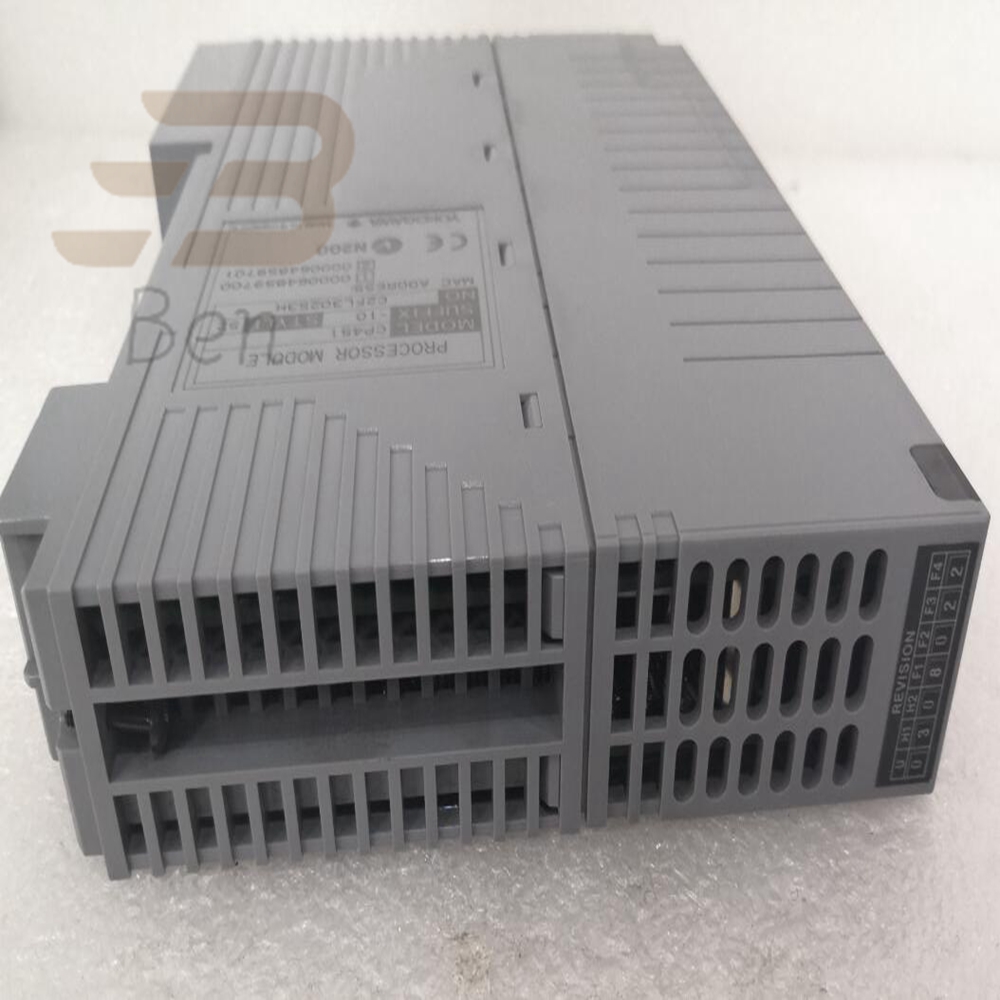
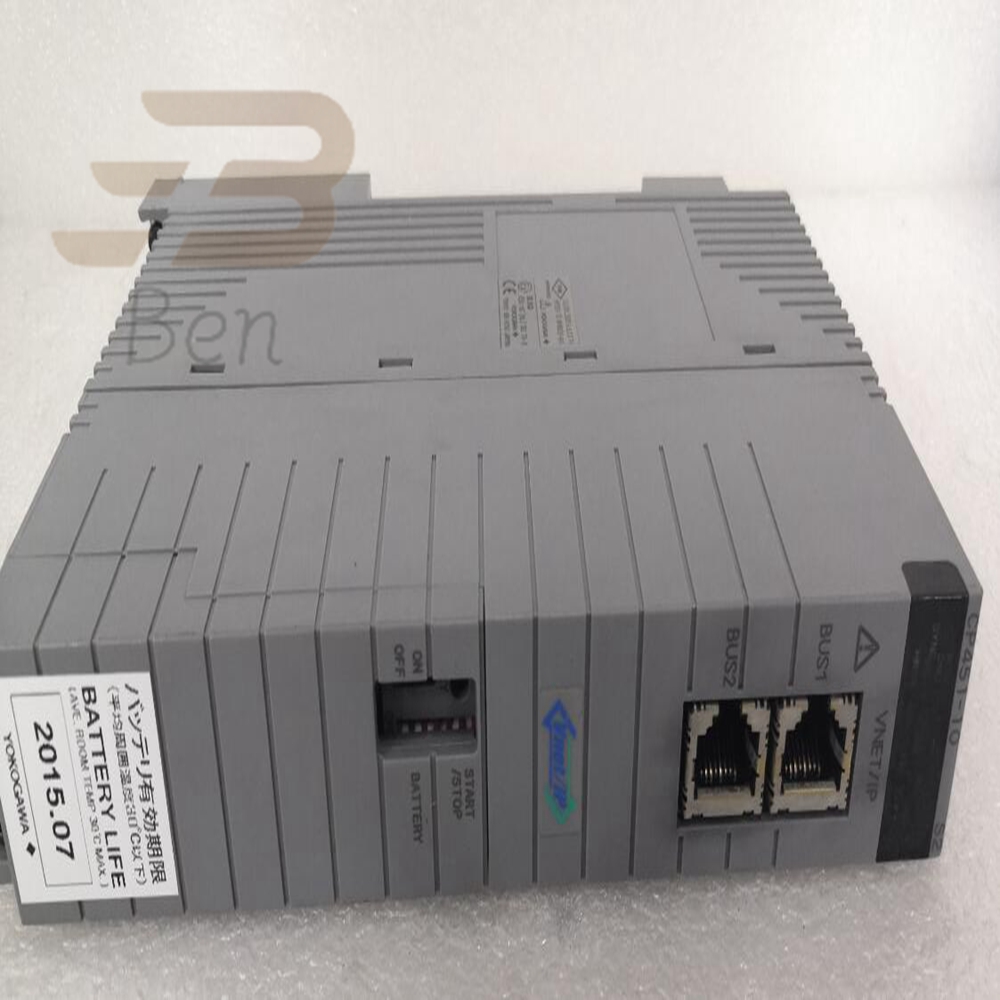
3. Programmer
Programmer used to generate user programs, and use it to edit, check, modify and monitor the implementation of user programs. The hand-held programmer cannot directly input and edit ladder diagrams, but can only input and edit instruction table programs, hence the name instruction programmer. It is small, inexpensive and generally used to program small PLCs, or for on-site commissioning and maintenance.
Using the programming software it is possible to generate and edit ladder diagrams, instruction tables, function block diagrams and sequential function diagram programs directly on the screen of a computer and to interchange between different programming languages. The programs are compiled and downloaded to the PLC, or they can be uploaded to the computer from the PLC. The programs can be saved on disk or printed and, via the network, remote programming and transmission is also possible.
4. Power supply
PLCs generally use 220V AC power or 24V DC power. The internal switching power supply provides DC 5V, ±12V, 24V and other DC power supplies for each module. Small PLCs can generally provide 24V DC power for input circuits and external electronic sensors (such as proximity switches), and the DC power to drive PLC loads is generally provided by the user.
CSL//AAI143-H50 S1/ K4A00 S1
CSL//AAI543-H50 S1 / K4A00 S1
VP//VI702
YCB301-C100
YCB301-C020
ADV551-P60 / D5A00 S1
ADV151-P60 S1/ D5A00 S1
SAKB331-M015
KS1-15*B
SAED5D For digital input cards
ARMSSD For digital input cards
CSL//AFV30D-S41251 STYLE S2
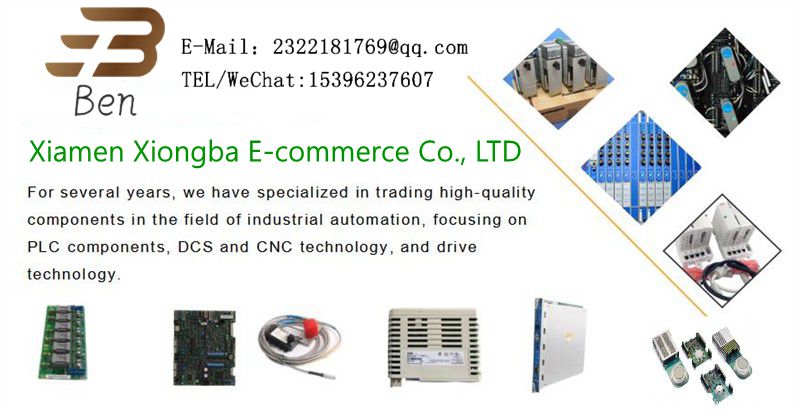
We do other brands: ABB, Allen-Bradley, Schneider, GE (General electric), Westinghouse, FANUC, Bently, KUKA, Foxboro, Triconex, Honwell, YASKAWA, etc., if you need, you can contact me, look forward to your consultation.
